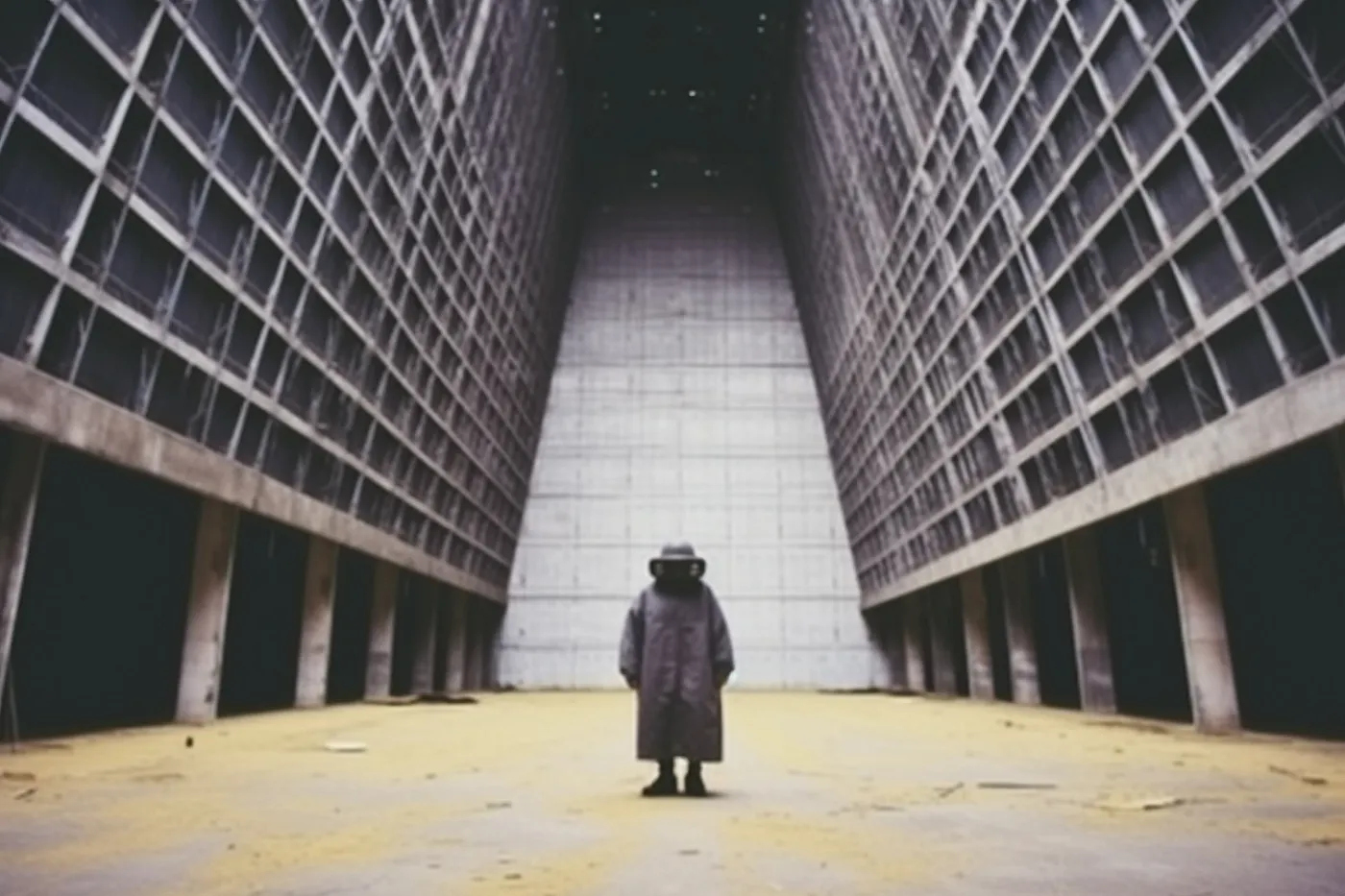Attached File(s)
-
 omtose phallus.jpg (108.97K)
omtose phallus.jpg (108.97K)
Number of downloads: 3

Posted 29 April 2023 - 05:47 AM
 omtose phallus.jpg (108.97K)
omtose phallus.jpg (108.97K)

Posted 29 April 2023 - 06:13 AM

Posted 01 May 2023 - 03:25 PM



This post has been edited by Azath Vitr (D'ivers: 01 May 2023 - 03:27 PM

Posted 19 May 2023 - 04:11 PM
:format(webp)/cdn.vox-cdn.com/uploads/chorus_asset/file/24658583/House_of_Earth_and_Blood_Adobe_Stock.jpg)
Quote

Posted 16 June 2023 - 12:20 AM

Posted 15 July 2023 - 11:39 PM


Quote

Posted 20 August 2023 - 06:22 PM

Posted 21 September 2023 - 07:57 PM


Quote

Posted 16 October 2023 - 12:02 PM
Quote


Quote



Posted 18 October 2023 - 11:55 AM

Posted 25 October 2023 - 12:05 PM
Quote
Quote







Posted 25 October 2023 - 09:53 PM

Posted 25 October 2023 - 11:04 PM
 Macros, on 25 October 2023 - 09:53 PM, said:
Macros, on 25 October 2023 - 09:53 PM, said:

This post has been edited by Azath Vitr (D'ivers: 26 October 2023 - 12:01 AM

Posted 26 October 2023 - 05:17 AM

Posted 04 November 2023 - 07:58 PM
Quote




Quote


